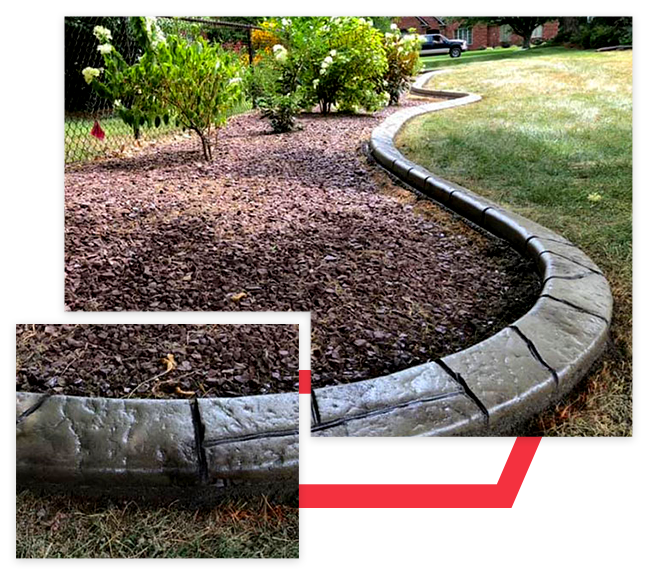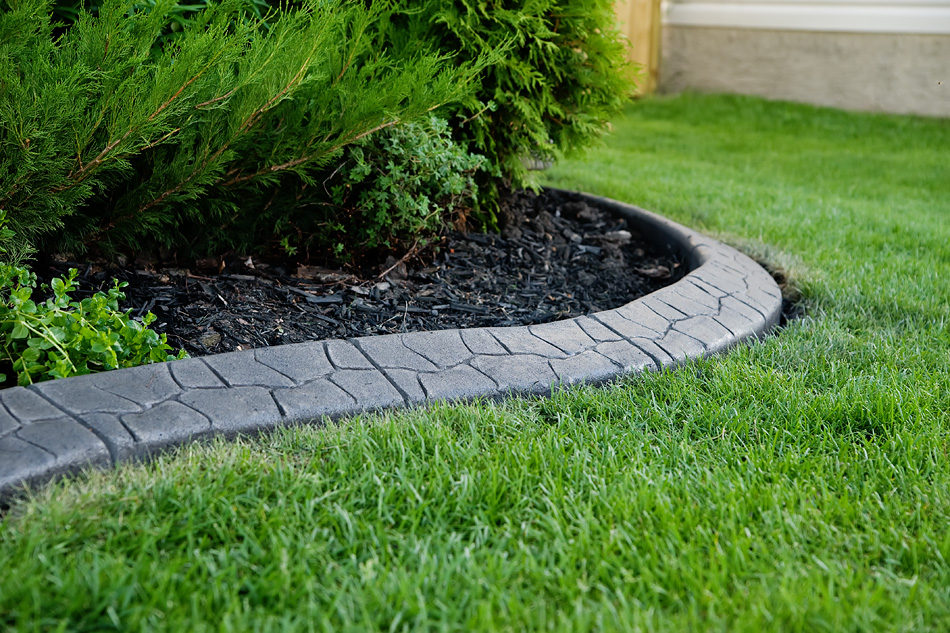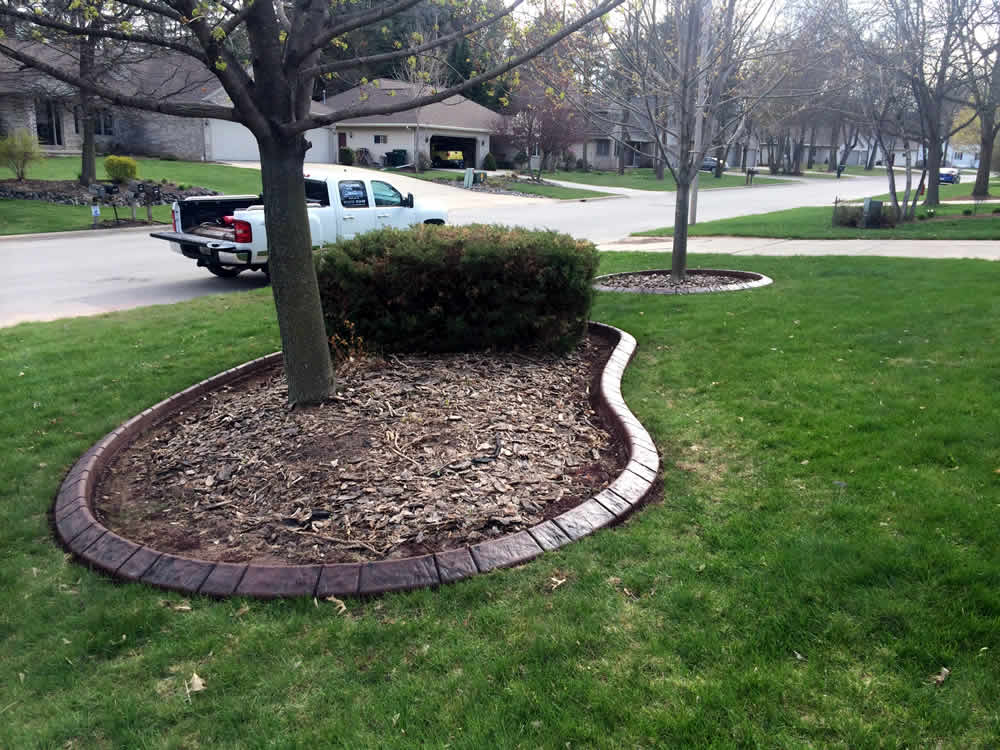Are you looking to enhance your landscape with decorative curbing? You’re in the right place! Decorative curbing not only frames your flower beds and pathways but also adds a unique aesthetic touch to your outdoor space. In this comprehensive guide, we’ll explore everything you need to know about decorative curbing, including types, benefits, installation process, and how to choose the right contractor near you.
What is Decorative Curbing?
Decorative curbing refers to the process of creating defined borders for your landscaping using concrete or other materials. These borders help provide structure, prevent soil erosion, and enhance the visual appeal of your garden.
Types of Decorative Curbing
There are several types of decorative curbing available, each with unique characteristics:
- Concrete Curbing: Durable and versatile, concrete curbing can be molded into various shapes and colors.
- Brick or Paver Curbing: Offers a classic look, ideal for traditional gardens.
- Timber Curbing: Adds a natural element to your landscape; however, it may require more maintenance.
- Natural Stone Curbing: Provides a rustic appearance, perfect for naturalistic gardens.
Benefits of Decorative Curbing
Why should you consider adding decorative curbing to your landscape? Here are some benefits:
1. Improved Aesthetics
Decorative curbing creates a neat, structured appearance, enhancing the overall look of your landscape.

2. Soil Retention and Erosion Control
Curbs help contain soil and mulch, preventing them from washing away during heavy rain or irrigation.
3. Weed Control
By defining spaces, curbing minimizes the encroachment of weeds into your flower beds.

4. Increased Property Value
An attractive landscape can increase the curb appeal of your home, contributing to higher property value.
How to Choose Decorative Curbing Near You
Finding the right decorative curbing for your landscape requires consideration of various factors:

1. Consider the Style of Your Home
Choose a curbing style that complements the architectural features of your home. For example, a modern home may look great with sleek concrete accents, while a traditional Victorian might pair beautifully with stone or brick.
2. Assess Your Landscape Needs
Think about the function of the curbing. Will it be used to contain flower beds, define pathways, or separate different areas of your garden?

3. Research Local Contractors
When searching for decorative curbing near you, it’s crucial to find reliable contractors. Look for reviews, ask for references, and check their portfolios.
The Installation Process
Understanding the installation process can help you prepare for what to expect. Here’s a typical step-by-step guide:

Step 1: Planning
Measure out your landscaping areas and determine where you would like to install the curbing.
Step 2: Material Selection
Choose the material and color that aligns with your vision.

Step 3: Excavation
The area where the curbing will be installed is excavated to ensure a proper fit.
Step 4: Installation
Depending on the type of curbing, the installation will vary. For concrete curbing, forms are set up to mold the curbing into shape.
Step 5: Finishing Touches
After installation, finishing touches like sealants or decorative elements can be added.
Cost of Decorative Curbing
The cost of decorative curbing can vary widely based on material, design, and local labor rates. Here’s a breakdown:
| Type of Curbing | Average Cost per Linear Foot |
|---|---|
| Concrete Curbing | $5 – $15 |
| Brick or Paver Curbing | $10 – $20 |
| Timber Curbing | $3 – $8 |
| Natural Stone Curbing | $15 – $25 |
Note that additional costs may arise from the excavation process, disposal, design customizations, and labor.
DIY vs. Hiring a Professional
Should you embark on installing your decorative curbing as a DIY project, or hire a professional contractor? Here’s a comparison:
DIY Pros and Cons
- Pros:
- Cost savings on labor
- Control over the design and materials
- Cons:
- Time-consuming
- Requires tools and expertise
Professional Installation Pros and Cons
- Pros:
- Expert craftsmanship
- Time-efficient
- Warranties on work
- Cons:
- Higher overall costs
- Less control over the project timeline
FAQs about Decorative Curbing
1. How long does decorative curbing last?
With proper maintenance, decorative curbing can last for decades. Concrete curbing is particularly known for its durability.
2. Can I paint my decorative curbing?
Yes! Many homeowners choose to paint or stain their concrete curbing to match their landscape design better.
3. What maintenance is required for decorative curbing?
Maintenance is generally minimal but may include occasional cleaning and sealing to prevent staining and wear.
4. Is decorative curbing environmentally friendly?
Most decorative curbing materials are sustainable, but it’s essential to check for eco-friendly options if that is a concern for you.
5. How can I find decorative curbing services near me?
Start by searching online directories, asking for recommendations from friends, or checking local home improvement stores.
Conclusion
Decorative curbing is a fantastic way to enhance your landscape’s visual appeal, increase functionality, and even boost the value of your property. Whether you choose to DIY or hire a professional, understanding your options will help you create a beautiful outdoor space. Search for “decorative curbing near me” today and take the first step toward your dream landscape!